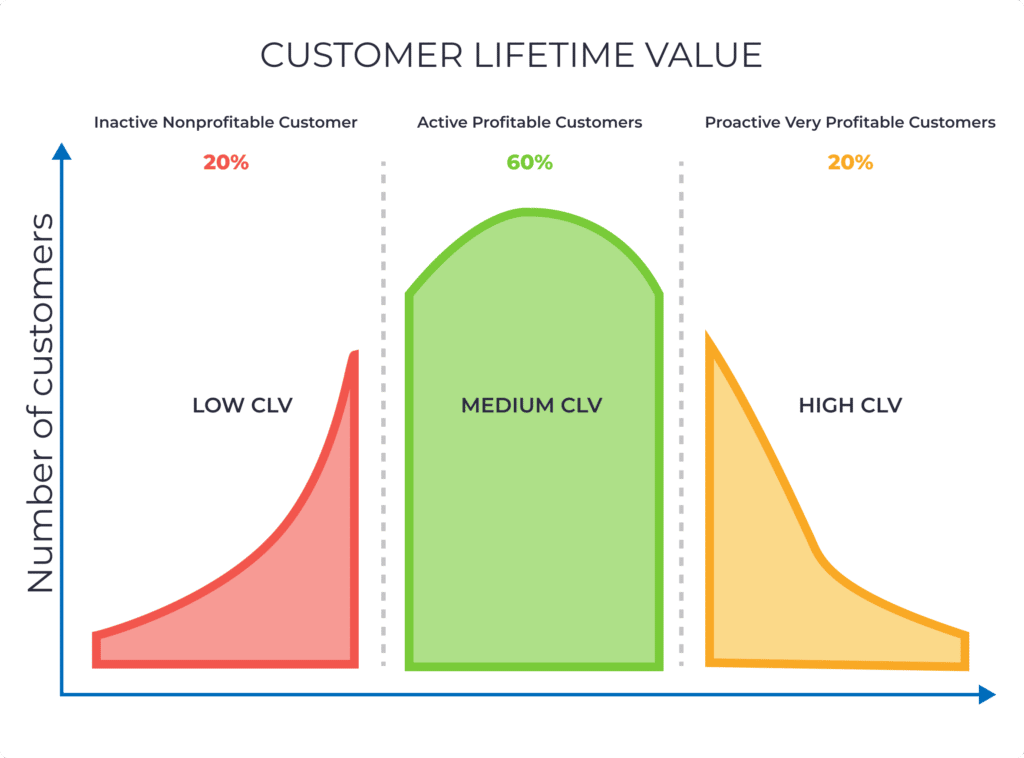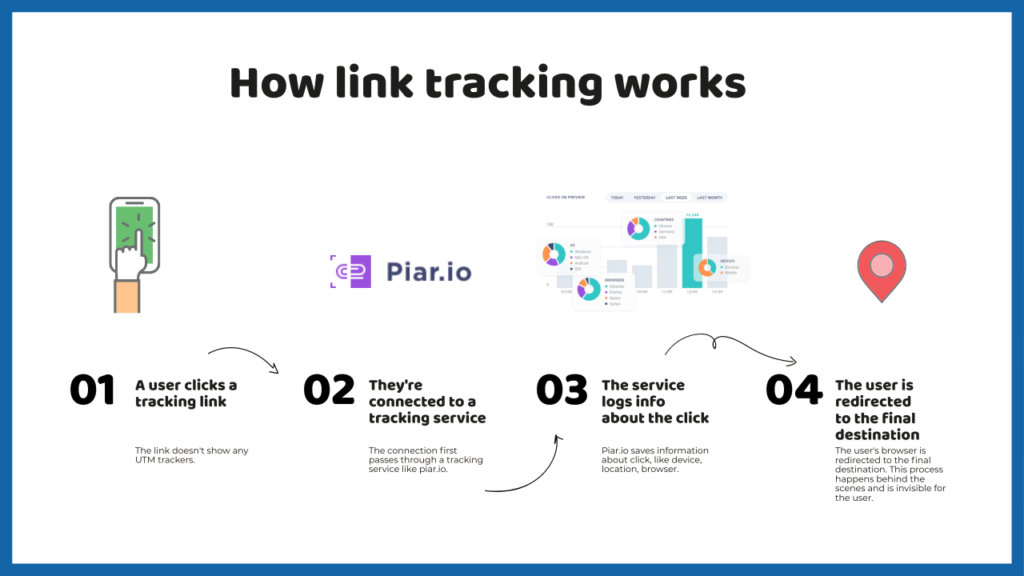Practical data analysis is one of the most efficient ways to ensure the success of an affiliate marketing campaign. Data analytics allows marketers to track affiliate conversion rates and identify successful affiliates and campaigns from merely good ones. In such a way, businesses can redirect their financial resources to invest in strategies that result in business growth.
Nowadays, more and more marketers are looking for a comprehensive affiliate marketing guide to learn more about affiliate campaigns and affiliate link tracking. Indeed, collecting data is only sufficient with proper analysis and in-depth knowledge of data-driven decision-making. In this article, we will guide you through the basics of data analytics in affiliate marketing to help you grow your business.
What Are Key Performance Indicators in Affiliate Marketing?
First, we should define the key metrics used in affiliate marketing to help you understand how to track affiliate links and measure the effectiveness of affiliate partnership programs. The performance indicators we discuss are general terms widely implemented in affiliate marketing. However, they remain practical tools for data analytics.
Return on Investment
Return on investment, or ROI, defines the success of an affiliate campaign by comparing the profit received to the investment made. This metric demonstrates the campaign's profitability and long-term sustainability.
ROI is an effective tool for defining the viability of affiliate marketing efforts and is essential for businesses operating with limited resources.
Customer Lifetime Value
Customer lifetime value (CLV) belongs to the long-term performance metrics. It determines the value of customers who come through affiliate marketing programs. The rule of thumb is that a returning customer brings much more value to a company than a newly brought buyer. In other words, affiliate markets prioritize creating the feeling of attachment and customer loyalty.
CLV is more challenging to measure compared to other performance indicators. However, it is indispensable for establishing a sound marketing strategy and marketing goals.
Source: Custify
Conversion Rates
To calculate the conversion rate of an affiliate marketing campaign, marketers compare the percentage of visitors generated through an affiliate campaign to the percentage of users who completed the purchase. This way, you can test how effective your marketing efforts are. For example, your page may attract many visitors daily, but few will perform a target action. It is a clear sign your campaign performance is low due to targeting issues, the quality of marketing copy or traffic, and the way you present the products.
Click-Through Rates
A click-through rate (CTR) refers to the ratio of users who click on affiliate links compared to the total number of users who view them. CTR is less informative than conversion rates but more straightforward to execute.
Earnings per Click
Earnings per click (EPC) measure the income you generate through each click on the affiliate link. This performance indicator is an advanced matrix that allows you to check the effectiveness of individual affiliates and the quality of the traffic they drive. High EPC rates correspond to profitable lead generation through an affiliate link.
How To Track Affiliate Conversion
Despite the importance of affiliate marketing performance indicators discussed above, businesses use specific tools such as payment automation solutions and affiliate link tracking. After all, affiliate links bring you traffic and generate quality leads, so accurate attribution and timely commissions are the backbone of successful affiliate marketing programs.
Affiliate marketers rely on various payment tracking methods depending on the conditions of your business agreement.
- The commission is a set percentage a business pays the affiliate from each finalized sale made by an affiliate-driven lead.
- Hybrid payments imply a combination of commissions when affiliates get a one-time payment per sale and a conversion for future sales.
Adequate rewarding of affiliates requires businesses to implement a reliable conversion and affiliate link tracking system. Let's review some of the ways you can optimize affiliate link tracking.
Cookie Tracking
Cookies are small text fragments stored in your web browser and sent to a website you visit. The technology behind cookies enables affiliate link tracking, including customer page views, number of clicks, and conversion rates. This data is essential for affiliate marketing data analytics, allowing marketers to monitor customer interactions with a web page.
However, cookies have a significant disadvantage: cookies don't track users across the variety of devices used. Finally, more and more countries are adopting data regulations such as GDPR, which makes the technology's perspective vague.
URL Tracking
URL tracking is a solution that does not involve cookies and browser-stored data. Instead, a URL transmits conversion data between affiliates and brand owners. This data analytics method accurately tracks conversion rates while avoiding the difficulties associated with cookie tracking.
Another advantage of URL tracking is improved security. The technology successfully detects affiliate fraud to secure publishers and advertisers.
Source: Hublead
Pixel Tracking
Pixel tracking uses a code snippet merged into websites that instantly report successful transactions to affiliate marketing platforms. You can see a pixel on confirmation pages, where it starts transmitting data the moment an affiliate-referred customer finishes the purchase.
Pixel tracking is very accurate in tracking conversions. Therefore, it offers considerable advantages to publishers using pixels in email marketing campaigns to obtain a comprehensive view of affiliate-generated traffic.
Affiliate Fingerprint Tracking
A relatively new addition to the affiliate tracking domain, fingerprint tracking technology determines the distinctive digital signature of an individual user's browser. This signature includes various settings and configurations and serves as a unique identifier.
Fingerprint tracking is well-hidden and highly effective in recognizing internet users from different websites.
Source: SOAX
Affiliate Marketing Software
Affiliate software is one of the most advanced tools for monitoring and analyzing the success of affiliate marketing campaigns. The software can automatically measure and track various metrics and statistics, allowing an affiliate, a brand, and an affiliate network to monitor and optimize the marketing campaign's performance.
Affiliate software is a time-saving data analytics solution with a significant potential. Thus, the rapid development of AI tools will likely bring more automated solutions, simplifying affiliate conversion tracking and affiliate marketing analytics.
Wrapping It Up
Affiliate marketing greatly benefits from automated data analytics tools. Affiliate tracking and data collection help brands determine successful affiliate marketing programs and reward affiliates accordingly. This distinction is possible due to regular monitoring of a campaign's key performance indicators.
Today, affiliate data analysis offers a variety of tracking options. Affiliate marketing software is one of the most effective tools for tracking affiliate links and automating routine tasks. It provides a comprehensive platform for marketing campaign analysis and ROI improvement.


